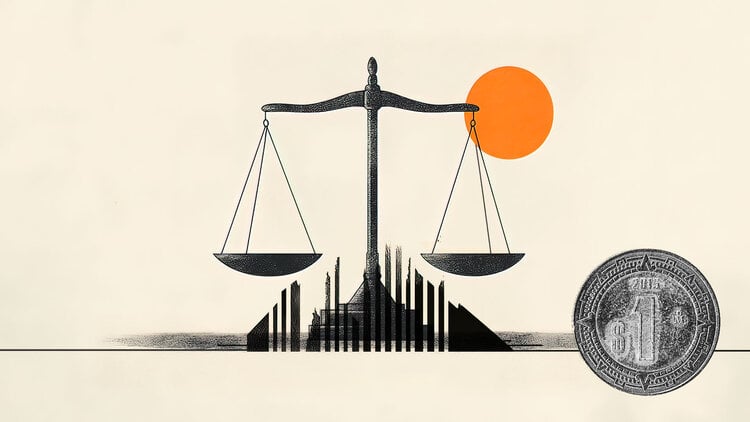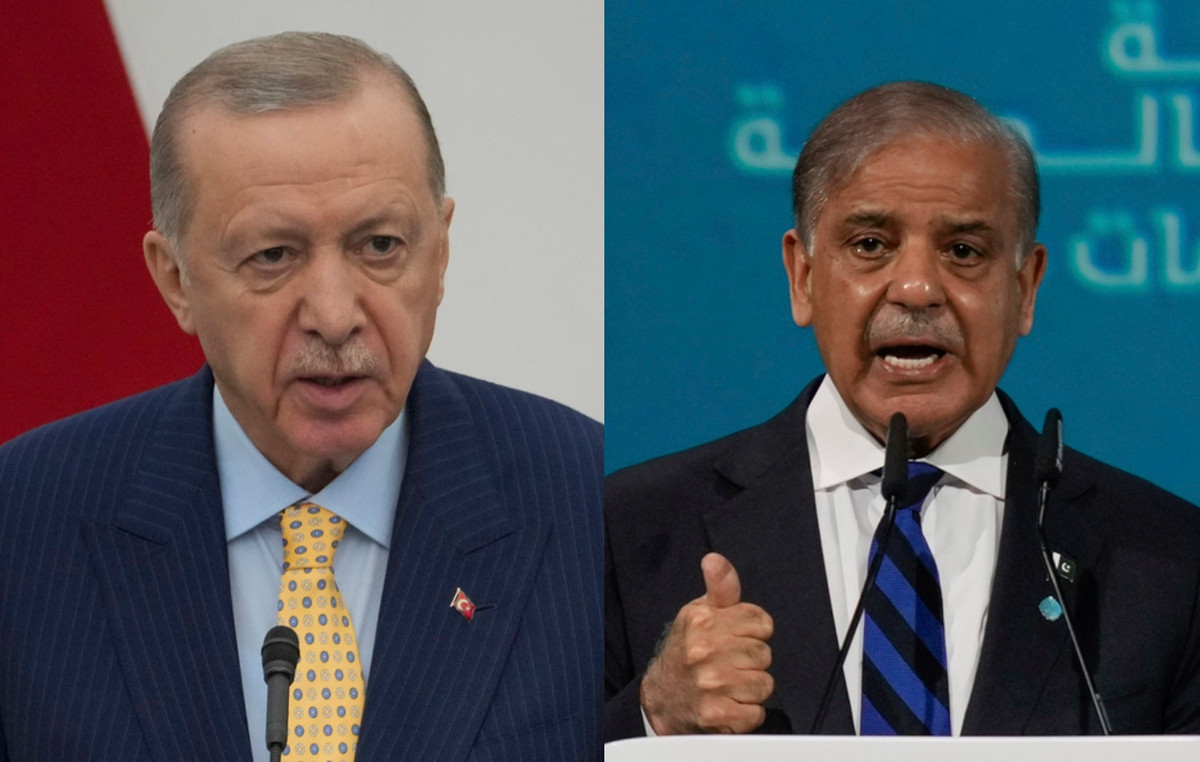Just six days after the return of federal taxes (PIS/Confins) on fuel, the average price of gasoline has already risen at filling stations across the country.
The liter of the input ended the week with a high of 3.3%, jumping to R$ 5.25 between February 26th and March 4th. In the previous week, the national average price per liter of gasoline to the consumer was R$ 5.08. The data are from the National Agency of Petroleum, Natural Gas and Biofuels (ANP).
It was the first time in four weeks that the price of gasoline to the final consumer has changed significantly, this time upwards.
For the partner and director of the consultancy Centro Brasileiro de Infraestrutura e Energia, Bruno Pascon, there is no doubt that the increase is a consequence of the return of taxes, even if anticipating its impact on the chain.
“Retail prices (stations) are free. When the reencumbrance is announced from the 1st of March, the gas stations earn the right to pass on the increase in the price of the product they resell. This is common and, normally, raises questions from Cade regarding the motivation for the transfer: whether it is an undue anticipation or movement based on new loads acquired, which is difficult to find out”, says Pascon.
Other industry sources interviewed anonymously believe that this is an anticipation of the transfer of new taxes by distributors or shopkeepers, with a greater chance for the latter to take action.
In fact, it is still difficult to pinpoint the exact effect of the announcement on the average price of gasoline, because this increase was in effect only four days a week and its impact still varies according to the dynamics of each store owner’s inventory.
“We are only going to have a more reliable reading of the impact of the return of taxes on gasoline and ethanol in the measurement of the ANP next week, when the effect of the reencumbrance in the week will be full”, says Pascon.
According to the government, the return of federal taxes alone would add R$ 0.47 to the price of a liter of gasoline sold in refineries in the country. But as Petrobras, the dominant refiner in the market, reduced its prices by R$ 0.13 per liter on the same day, the expected balance of the changes is an increase close to R$ 0.34 in the price of refineries.
At the pumps, for the consumer, the effect is smaller, because the A gasoline sold at refineries makes up only 73% of the mixture of C gasoline, the one used in cars – the other 27% is anhydrous ethanol.
According to a calculation by the Brazilian Association of Fuel Importers (Abicom), reported by Broadcast, loading the balance of changes to pumps is an increase of R$ 0.25 per liter sold at gas stations.
Considering this increase, the average price of a liter of gasoline should have gone to around R$5.33, a value higher than the actual one (R$5.25).
In the week in question (from February 26 to March 4) the price of anhydrous ethanol liter, which also influences the price of gasoline, increased slightly by 1.67% to R$ 3.11 per liter, which helps to explain the increase of 0.2% in the price of the mixture at the service stations.
The movement of anhydrous ethanol restores the price of the input, which had dropped 2% in the week immediately before. The measurement is made by the Center for Advanced Studies in Applied Economics at the USP School of Agriculture (Cepea/Esalq-USP).
Diesel
Free from the reencumbrance until January 1, 2024, by government decision, the S-10 diesel saw the average price drop by 0.5% this week at service stations across the country, informed the National Agency of Petroleum, Natural Gas and Biofuels ( ANP).
A liter of raw material cost, on average, R$ 6.02 between February 26 and March 4, compared to R$ 6.05 registered in the previous seven days.
This new drop in the price of S-10 diesel to the consumer is a direct effect of the reduction of 1.95% or R$ 0.08 in the price charged at Petrobras refineries as of last Wednesday, 1st.
Although small, this Petrobras discount joins the previous one, of 8.9%, or R$ 0.40, valid since February 8, and which is still residually passed on to the pumps.
cooking gas
In addition to diesel, the average price of liquefied petroleum gas (LPG) or cooking gas also fell, this time by 0.08%, in the week between February 26th and March 4th.
The input sold in 13 kg cylinders closed the week at an average price of R$ 107.50 compared to R$ 107.59 in the previous week
. Cooking gas has maintained a path of slight declines, occasionally interrupted at the beginning of the month, after seven consecutive weekly declines for final consumers. Also in this case, with the exception of gasoline, federal inputs will only be applied again on January 1, 2024.
Source: CNN Brasil
I am an experienced journalist, writer, and editor with a passion for finance and business news. I have been working in the journalism field for over 6 years, covering a variety of topics from finance to technology. As an author at World Stock Market, I specialize in finance business-related topics.







